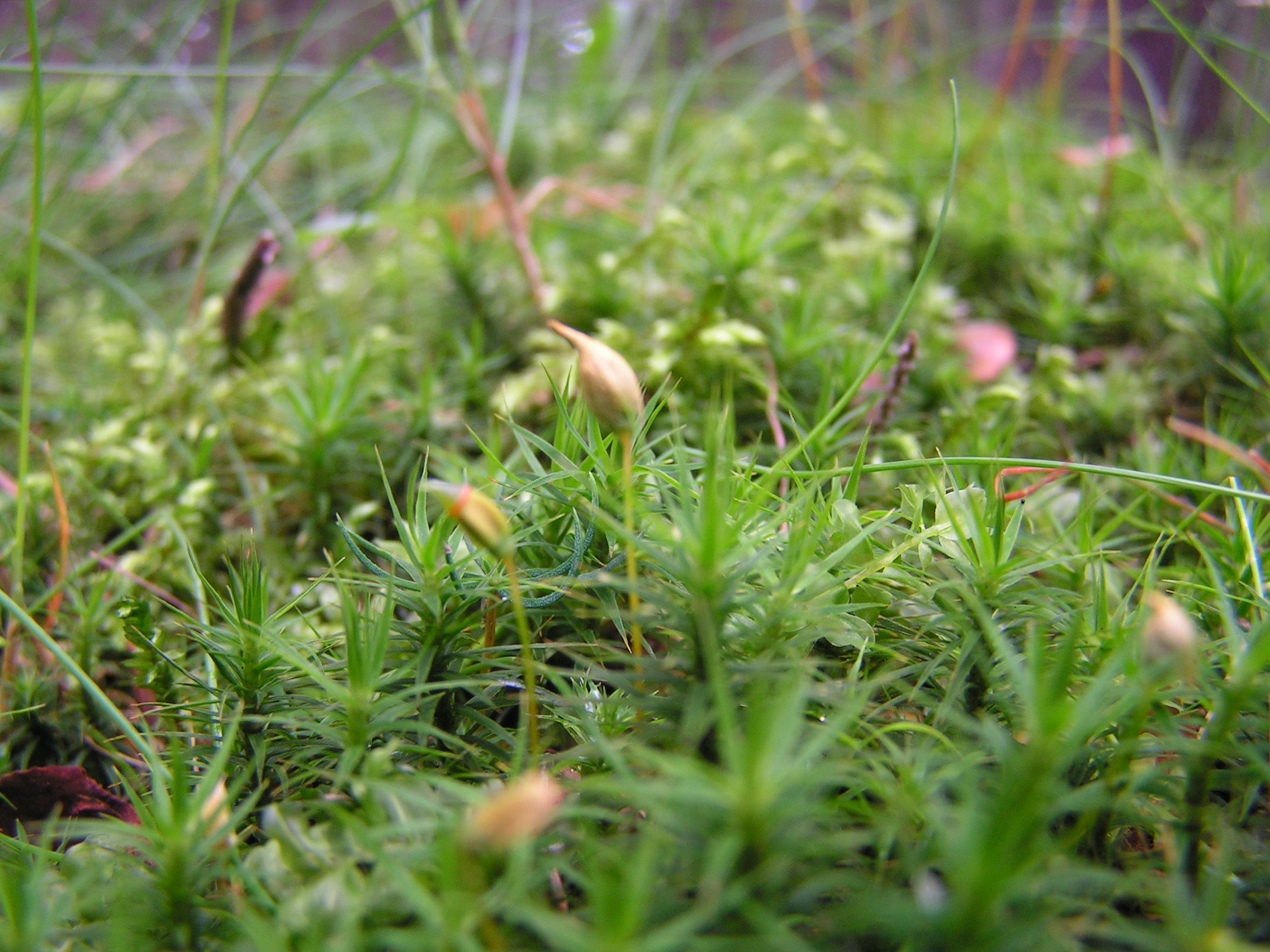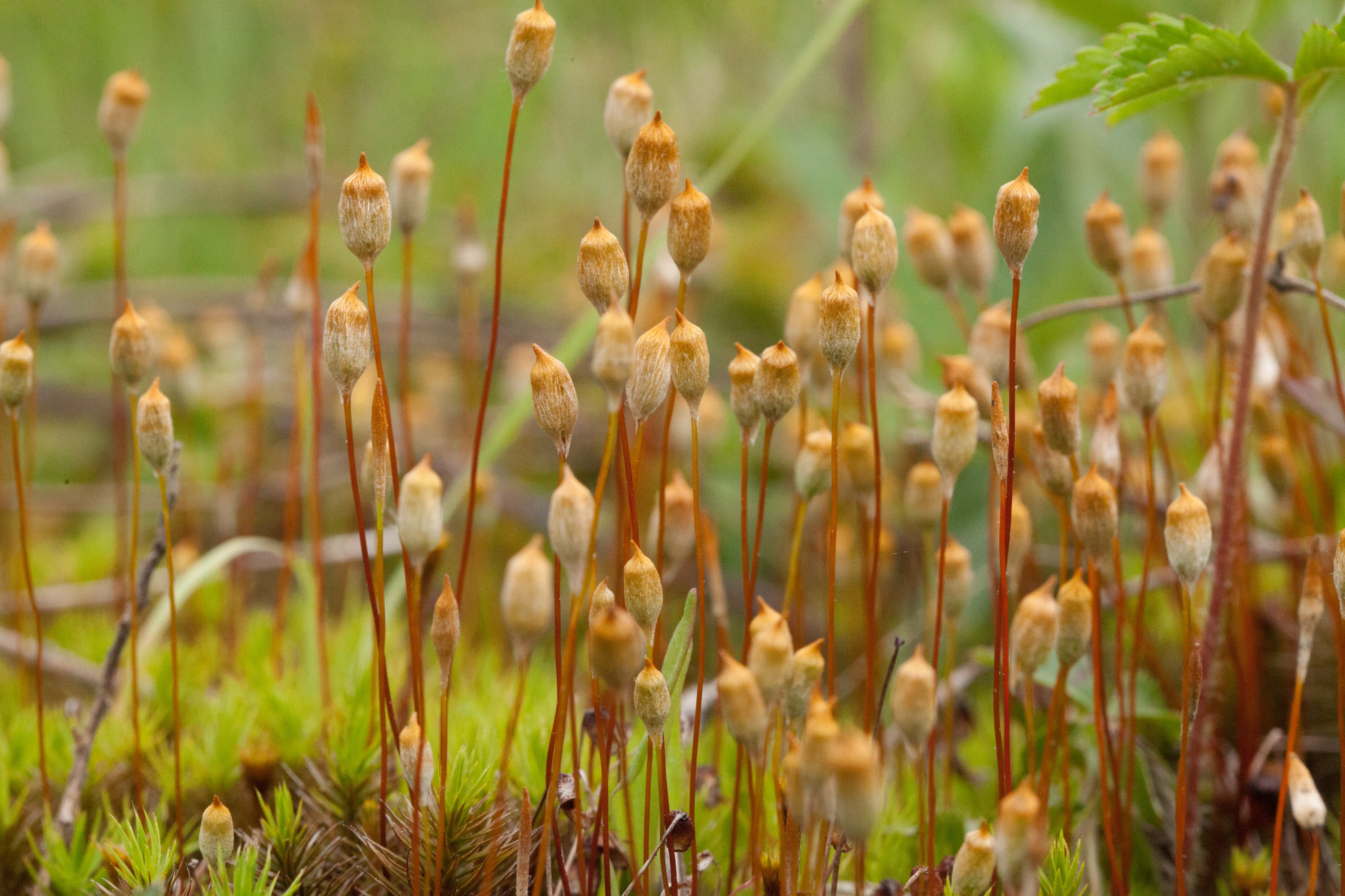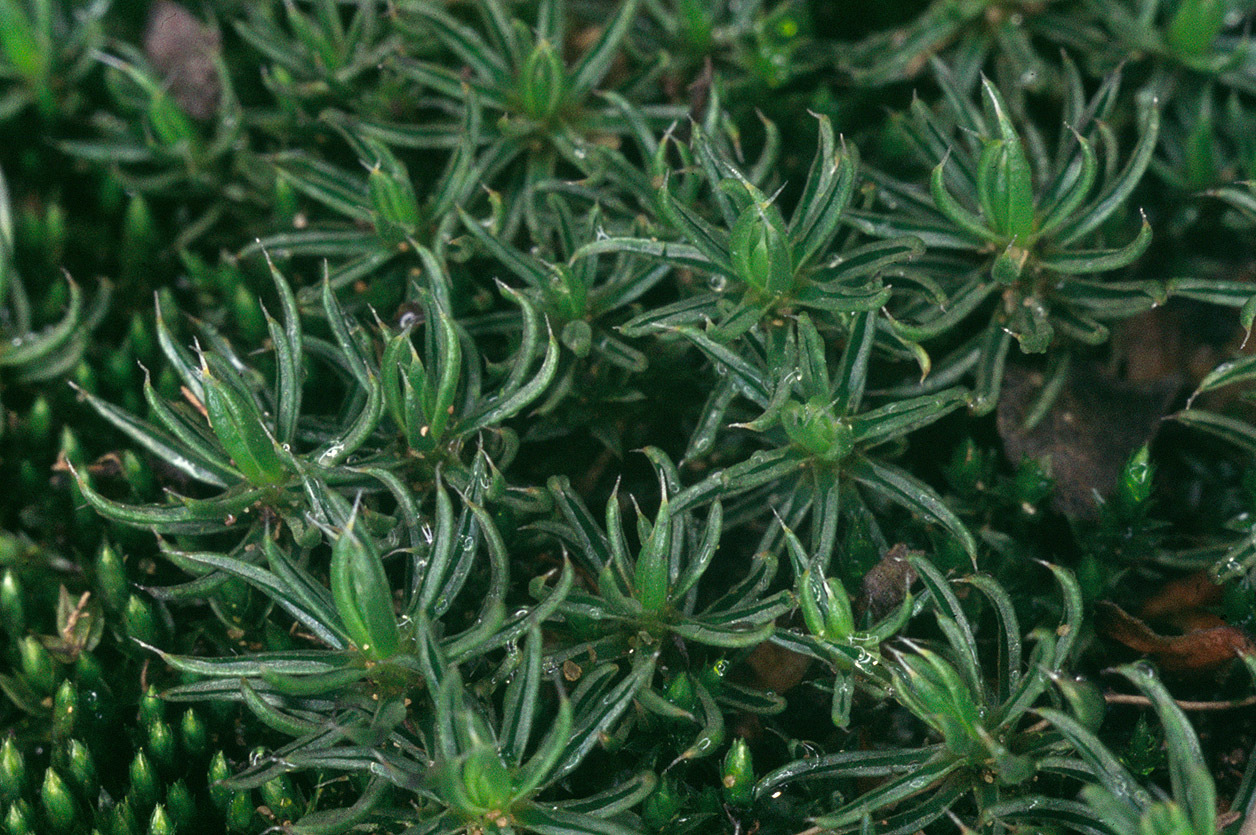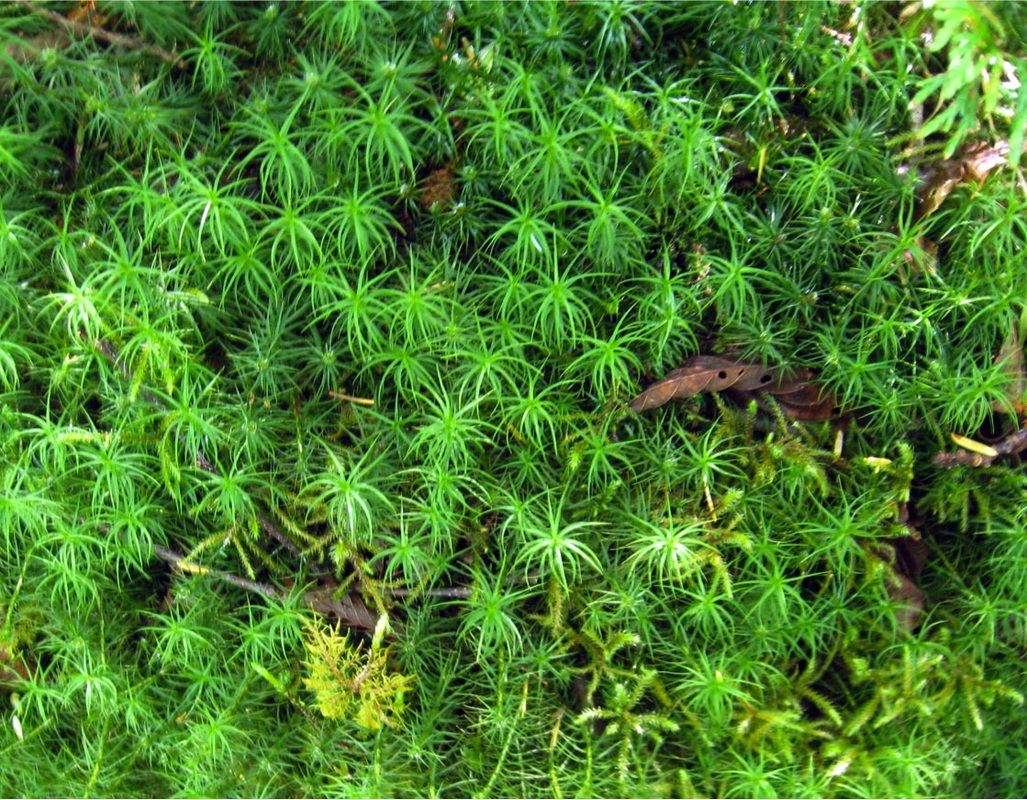
image from: https://www.researchgate.net/figure/Polytrichastrum-tenellum-Muell-Hal-GL-Sm-A-Habito-B-F-Hoja-B-Vista-general_fig15_318217800
Exploring the Fascinating World of Polytrichum tenellum Moss
Introduction
Mosses may be small, but they play a big role in many ecosystems around the world. One particularly interesting species is Polytrichum tenellum Müll.Hal., a moss in the Polytrichaceae family. In this blog post, we’ll take a closer look at this tiny but mighty plant and explore what makes it so special.
Background
Polytrichum tenellum

image from: https://eol.org/pages/923292/media

image from: https://thelawnman.co.uk/has-moss-taken-over-your-lawn/polytrichum-moss/
, also simply called Polytrichum

image from: https://ohiomosslichen.org/moss-polytrichum-commune/
, is a species of moss classified in the Bryophyta division and Polytrichopsida

image from: https://www.mindenpictures.com/stock-photo-polytrichum-moss-polytrichum-piliferum-sporophytes-overijssel-naturephotography-image00435305.html
class. Mosses are non-vascular plants that lack true roots, stems, and leaves. Instead, they have leaf-like structures called phyllids that absorb water and nutrients. Mosses reproduce via spores rather than seeds.

image from: https://www.flickr.com/photos/blueridgekitties/4717766223
Morphology and Identification
P. tenellum forms small tufts or cushions, typically growing to 0.5-3 cm tall. The phyllids are lanceolate (lance-shaped) and have toothed margins. A key identifying feature is the reddish-brown, hairy calyptra (cap) that covers the capsule. Capsules are held on reddish setae (stalks) and mature in summer.
Global Distribution and Habitat

image from: https://eol.org/pages/892087/media
This moss has a wide distribution, found in many parts of Europe, Asia, Africa, and the Americas. It grows on exposed, acidic soils such as those in rock crevices, cliffs, banks and heaths. P. tenellum tolerates drier conditions better than many other moss species.
Ecological Roles and Adaptations

image from: https://www.centralcoastbiodiversity.org/common-haircap-moss-bull-polytrichum-commune.html
Like other mosses, P. tenellum plays important roles in its ecosystem:
- Helps retain moisture and prevent soil erosion

image from: https://www.sciencephoto.com/media/1065687/view/polytrichum-moss
- Provides shelter and food for tiny invertebrates
- Pioneer species that colonizes disturbed areas
- Indicator of air quality as it is sensitive to pollution
This moss has several adaptations that allow it to thrive:
- Thick cuticle and inrolled phyllid margins reduce water loss
- Rhizoids anchor it to the substrate
- Spores dispersed by wind enable it to colonize new areas
Conclusion
Polytrichum tenellum may be an unassuming little moss, but it has an important place in the ecosystems where it grows. Its ability to survive in harsh, exposed habitats and its role in preventing erosion and supporting biodiversity make it a valuable member of the plant kingdom. Next time you’re out in nature, take a moment to appreciate the miniature world of mosses at your feet! Can you spot any patches of Polytrichum?

image from: https://bioone.org/journals/Evansia/volume-28/issue-3/079.028.0302/Brothera-leana-Sull-Müll-Hal-Dicranaceae-in-New-Mexico/10.1639/079.028.0302.full